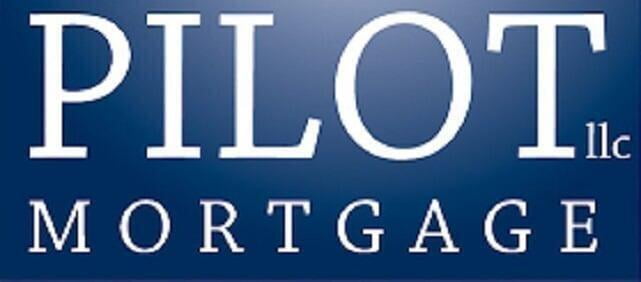Explanation of a 2-1 Interest Rate Buydown
In the conventional mortgage world, a 2-1 buydown is a type of mortgage financing arrangement that involves temporary interest rate reductions for the borrower during the initial years of the loan. This arrangement is often used to make homeownership more affordable for borrowers, especially in the early years of the mortgage.
Here's how a 2-1 buydown typically works:
1. First Year (Year 1): In the first year of the mortgage, the borrower enjoys a reduced interest rate. In the case of a 2-1 buydown, this reduced rate is usually 2 percentage points below the actual interest rate specified in the loan agreement.
2. Second Year (Year 2): In the second year, the interest rate increases by 1 percentage point compared to the initial reduced rate. It is now 1 percentage point below the original interest rate.
3. Remaining Years (From Year 3 onward): From the third year onward, the interest rate remains constant at the originally agreed-upon rate specified in the mortgage contract. This rate is usually higher than the rates experienced in the first two years.
The purpose of the buydown is to provide borrowers with a gradual transition into higher mortgage payments. This can be particularly beneficial for individuals who anticipate an increase in income over the initial years of homeownership. By starting with lower payments that gradually increase, borrowers may find it easier to manage their finances.
It's important for borrowers to carefully review the terms of the buydown arrangement, including the specific interest rates for each year and how they will be adjusted. Additionally, borrowers should consider their financial situation and whether they expect changes in income that would align with the increasing payment structure of the buydown.
Does a 2 - 1 Interest Rate Buydown Help the Seller?
A 2-1 buydown primarily benefits the buyer rather than the seller. It is a financing arrangement designed to make homeownership more affordable for the borrower during the initial years of the mortgage. This type of buydown allows the borrower to start with lower monthly mortgage payments that gradually increase over time.
While the 2-1 buydown can make the property more attractive to potential buyers by offering lower initial payments, it doesn't directly provide financial advantages to the seller. Sellers might find it beneficial in the sense that it could attract more potential buyers, especially those who are initially concerned about the affordability of homeownership.
In a competitive real estate market, offering financing options like a 2-1 buydown might make a property stand out and potentially lead to a quicker sale. However, it's crucial to note that the financial impact on the seller is indirect, and the primary advantage is perceived by the buyer who benefits from lower initial mortgage payments.
Ultimately, the decision to offer a 2-1 buydown or similar financing options rests with the seller and their real estate agent. It's important for sellers to carefully consider the market conditions, buyer demographics, and their own financial goals when deciding on such incentives.
Keep in mind that mortgage terms can vary, and it's advisable for borrowers to consult with a mortgage professional to fully understand the implications and benefits of a 2-1 buydown in their specific situation.


